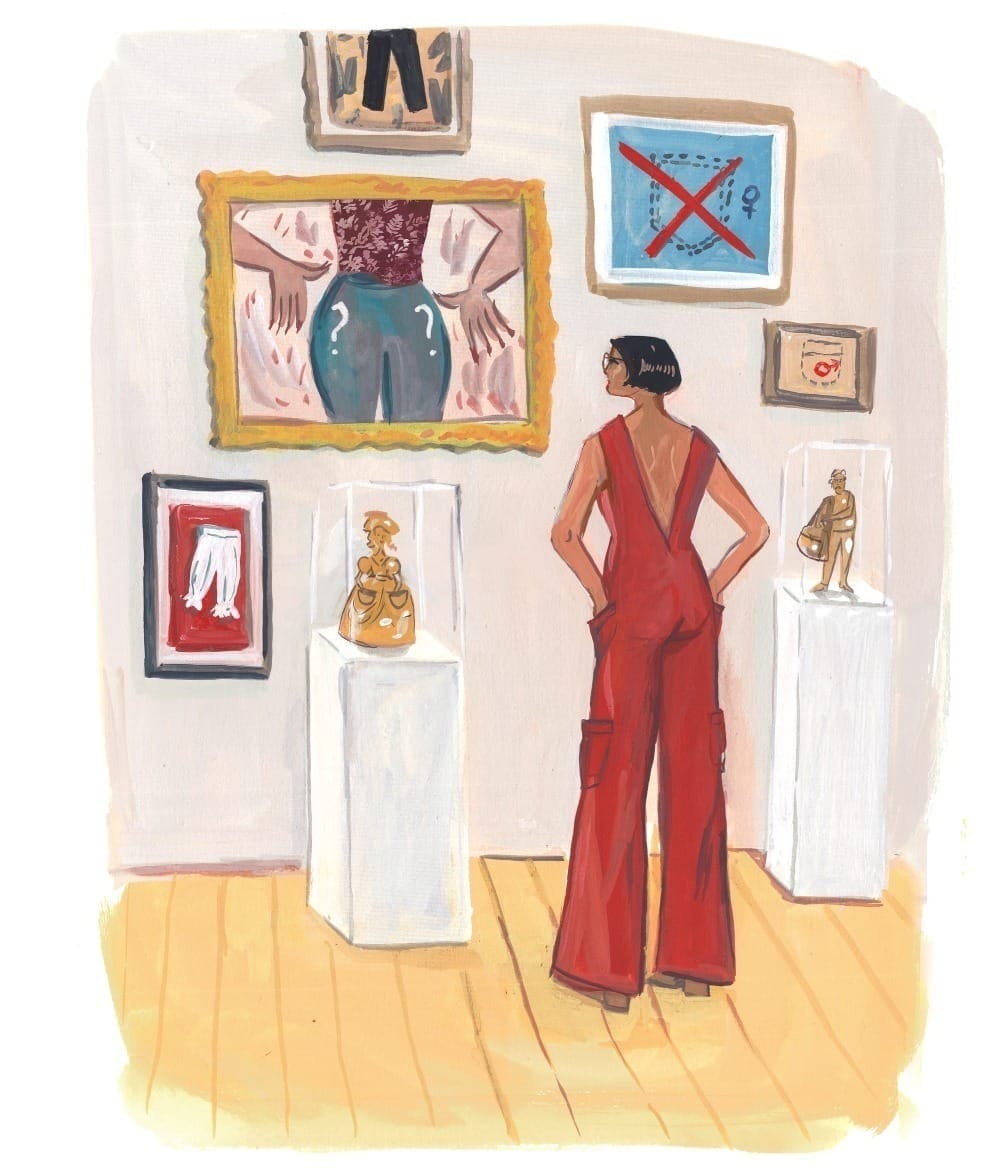How Everyday Sexism Is Sewn Into Our Clothes
Pockets should be a given—as essential as elastic in our underwear or buttons on our coats.

Pockets should be a given—as essential as elastic in our underwear or buttons on our coats.


There’s science to back up the idea that parenting boys is different—but social media has made it weird.

This is Kylie Minogue’s world. We’re so lucky to be in it.

Surrogacy is once again legal in Michigan. With good old grassroots activism, here's how I helped make it happen.

France has a long tradition of protecting powerful men accused of sex crimes. Feminists are mixed on whether that’s about to change.